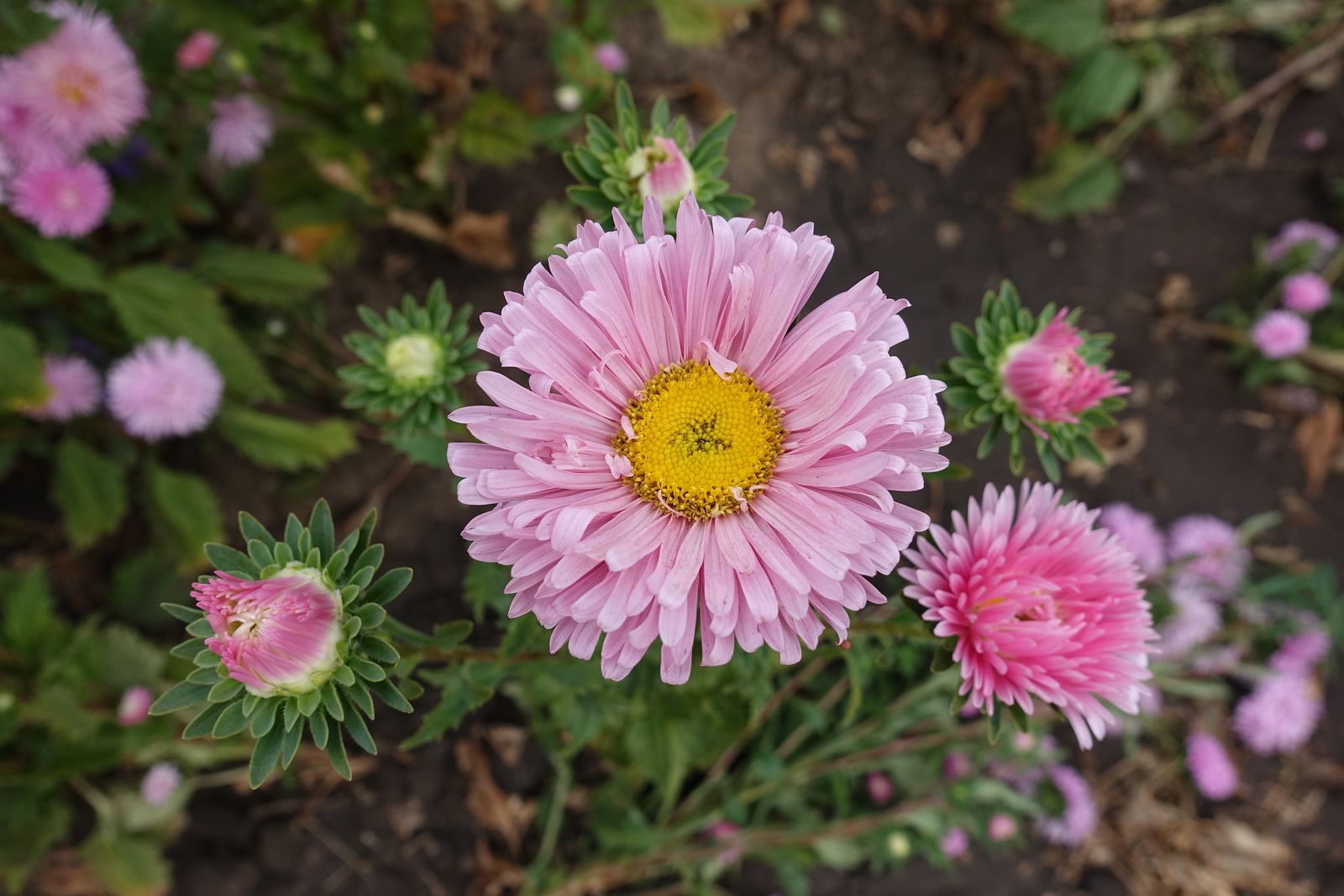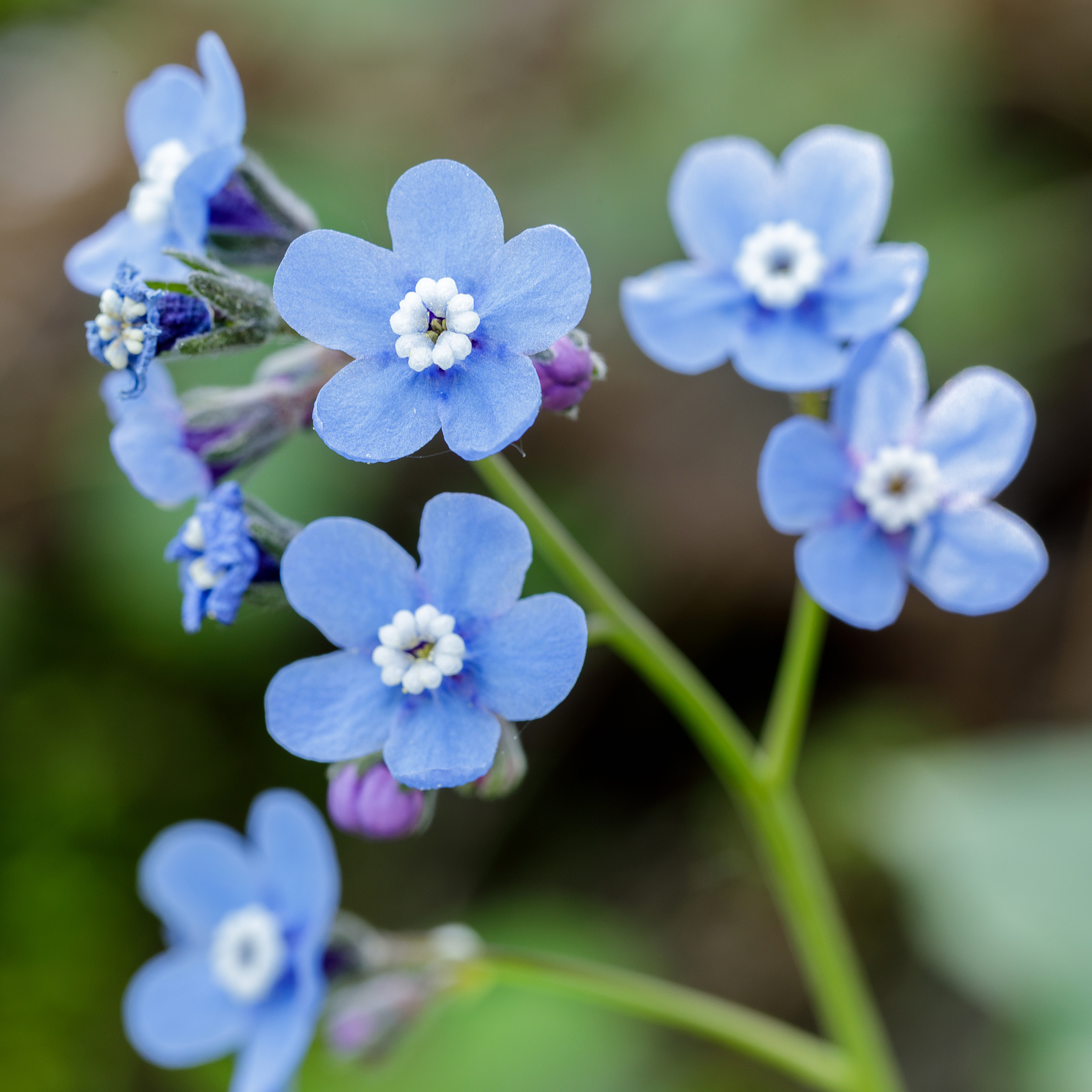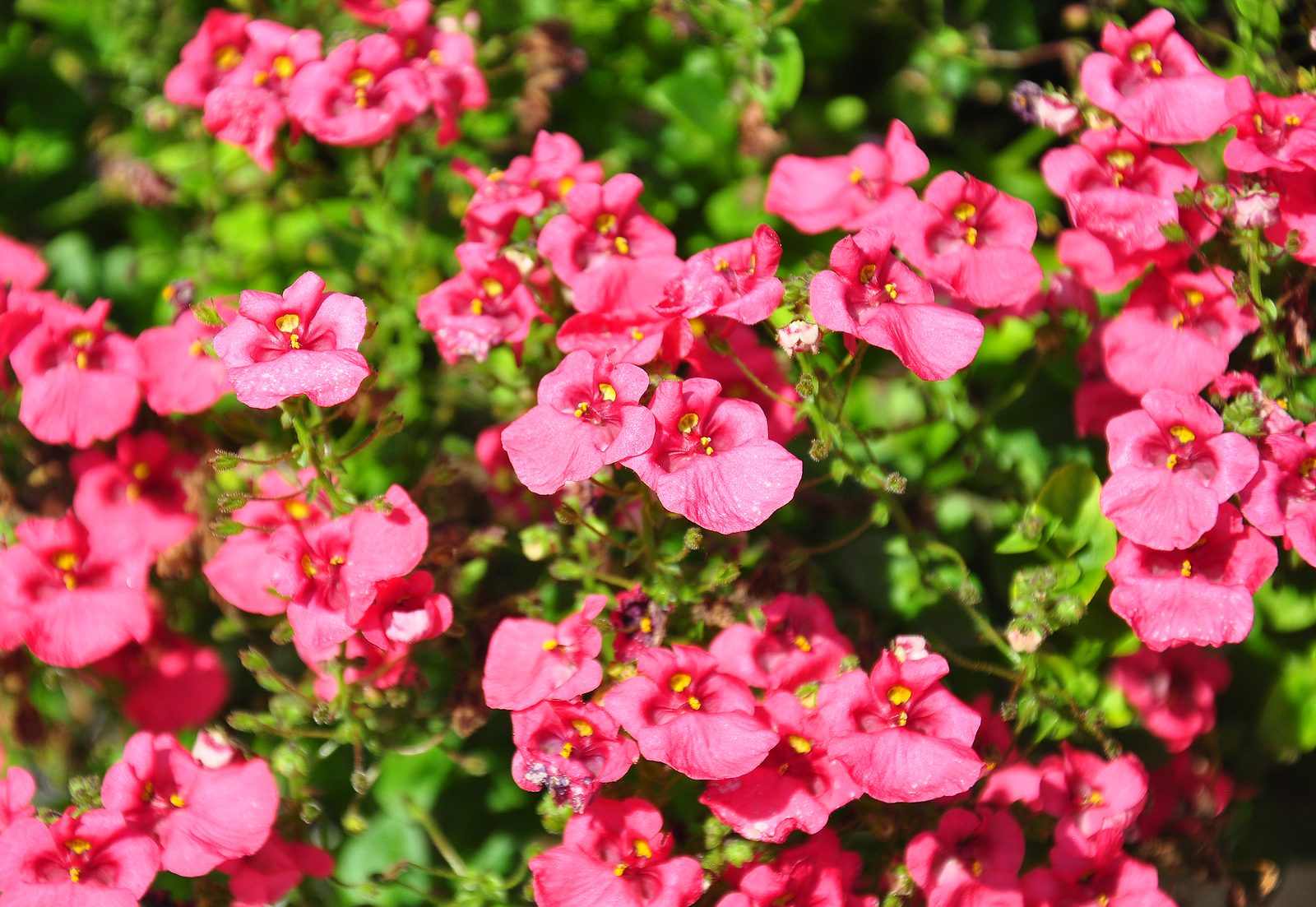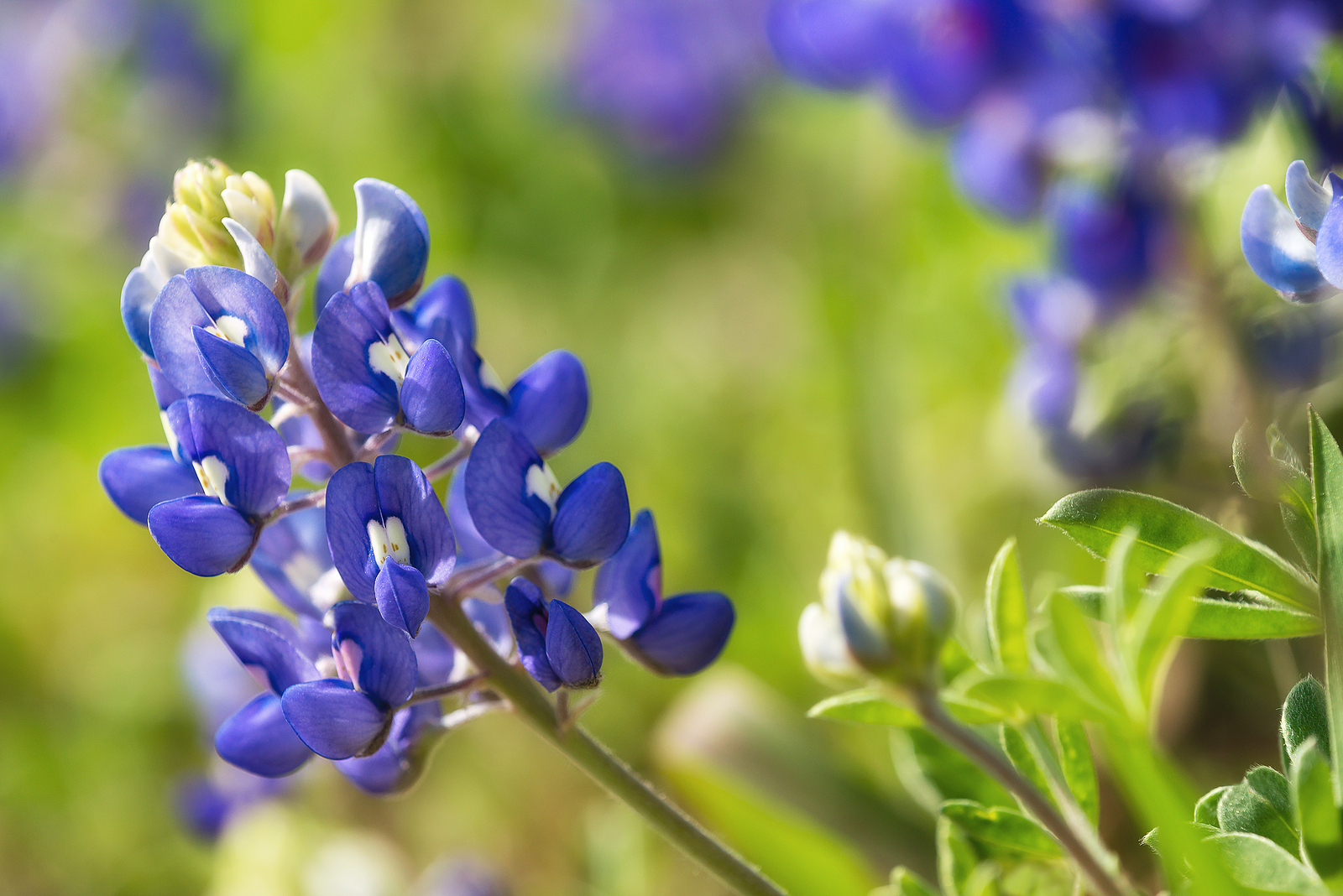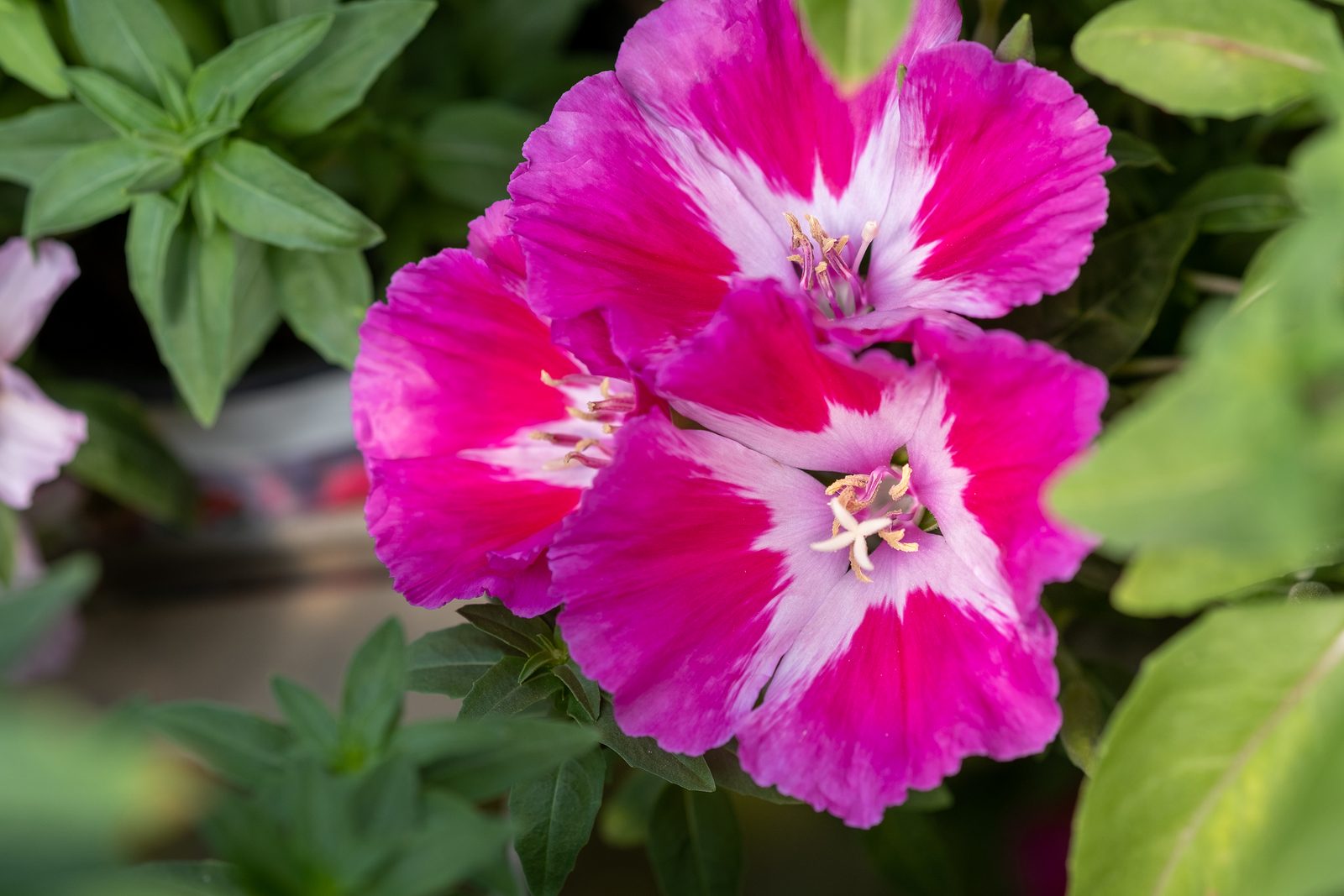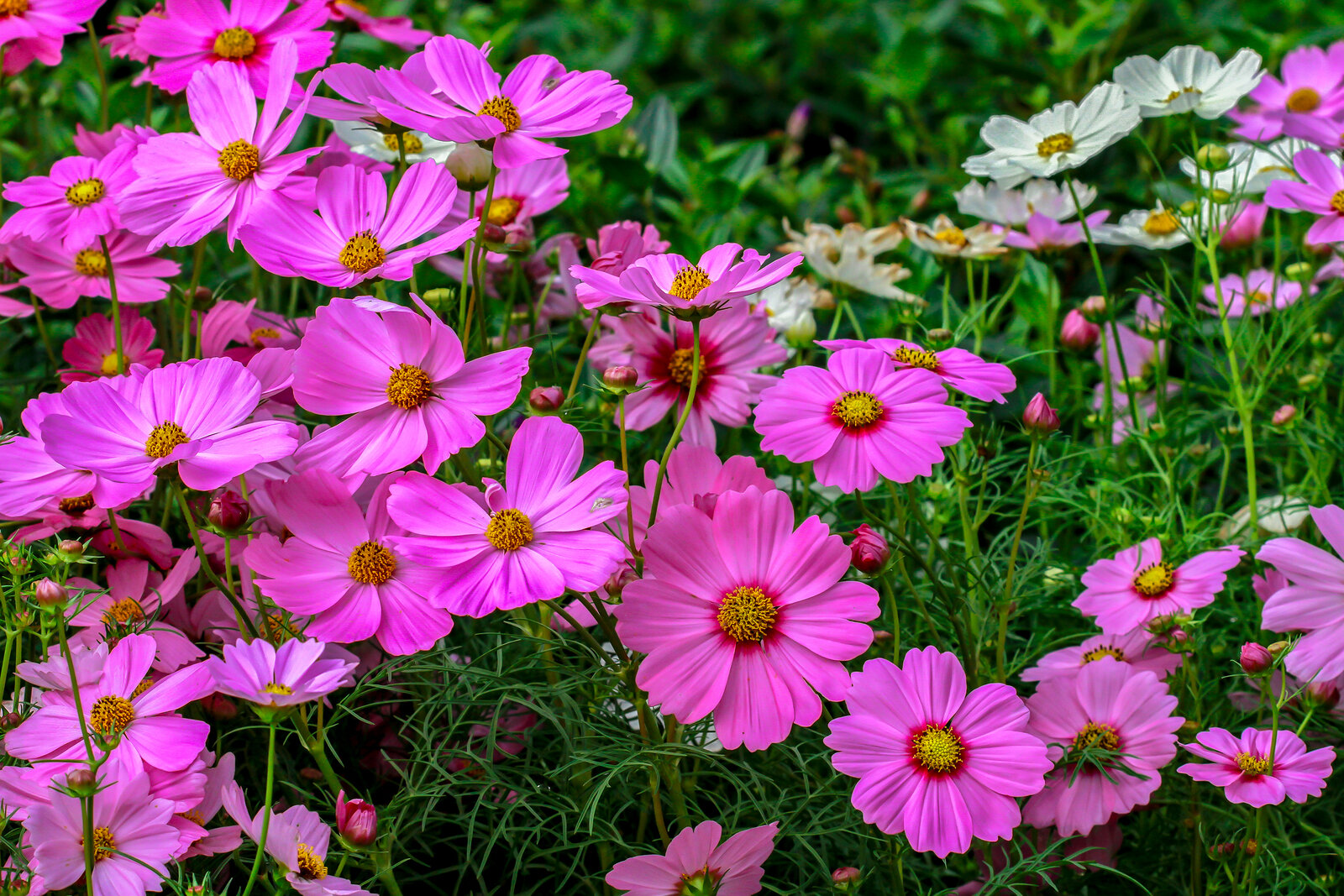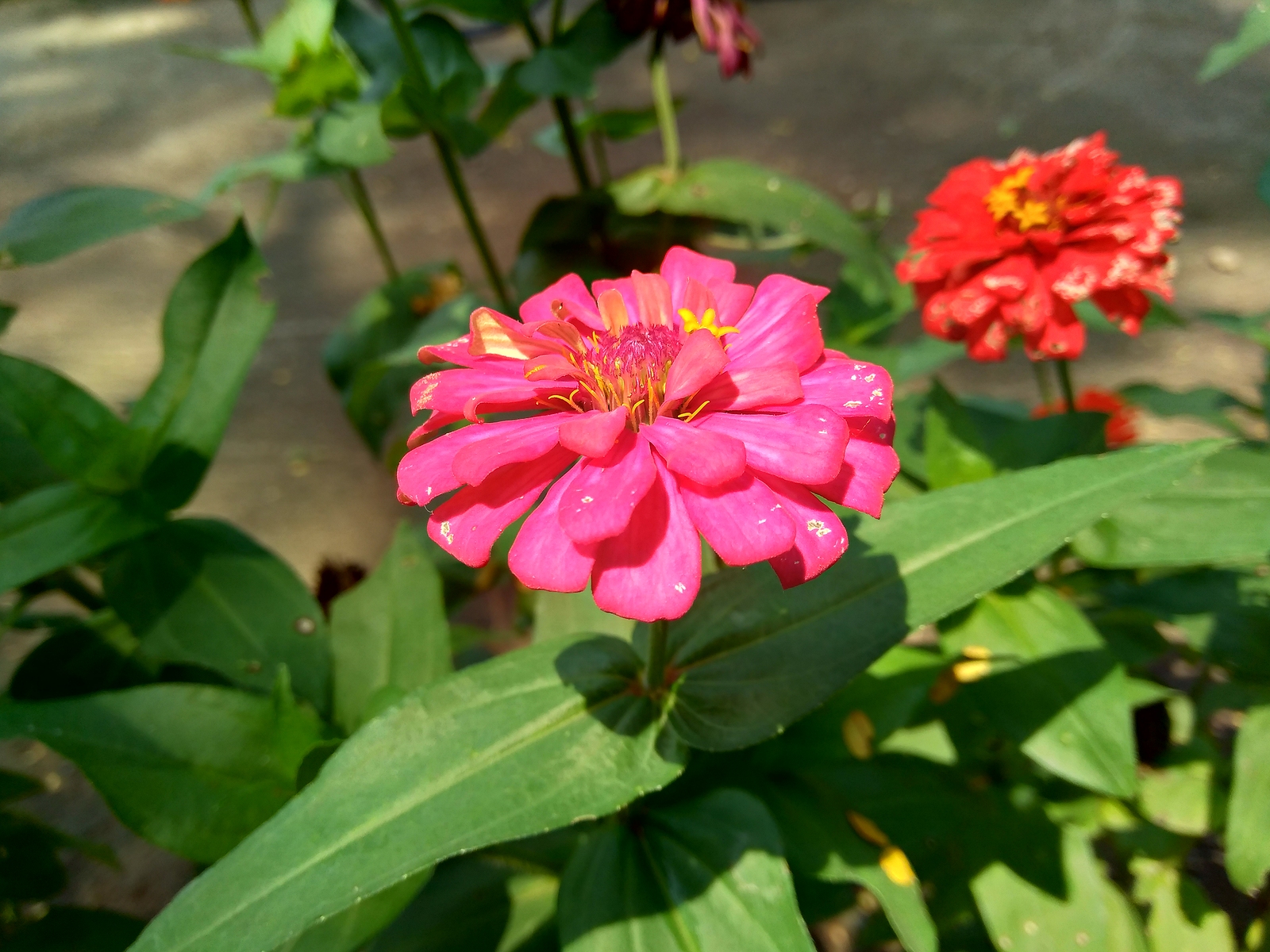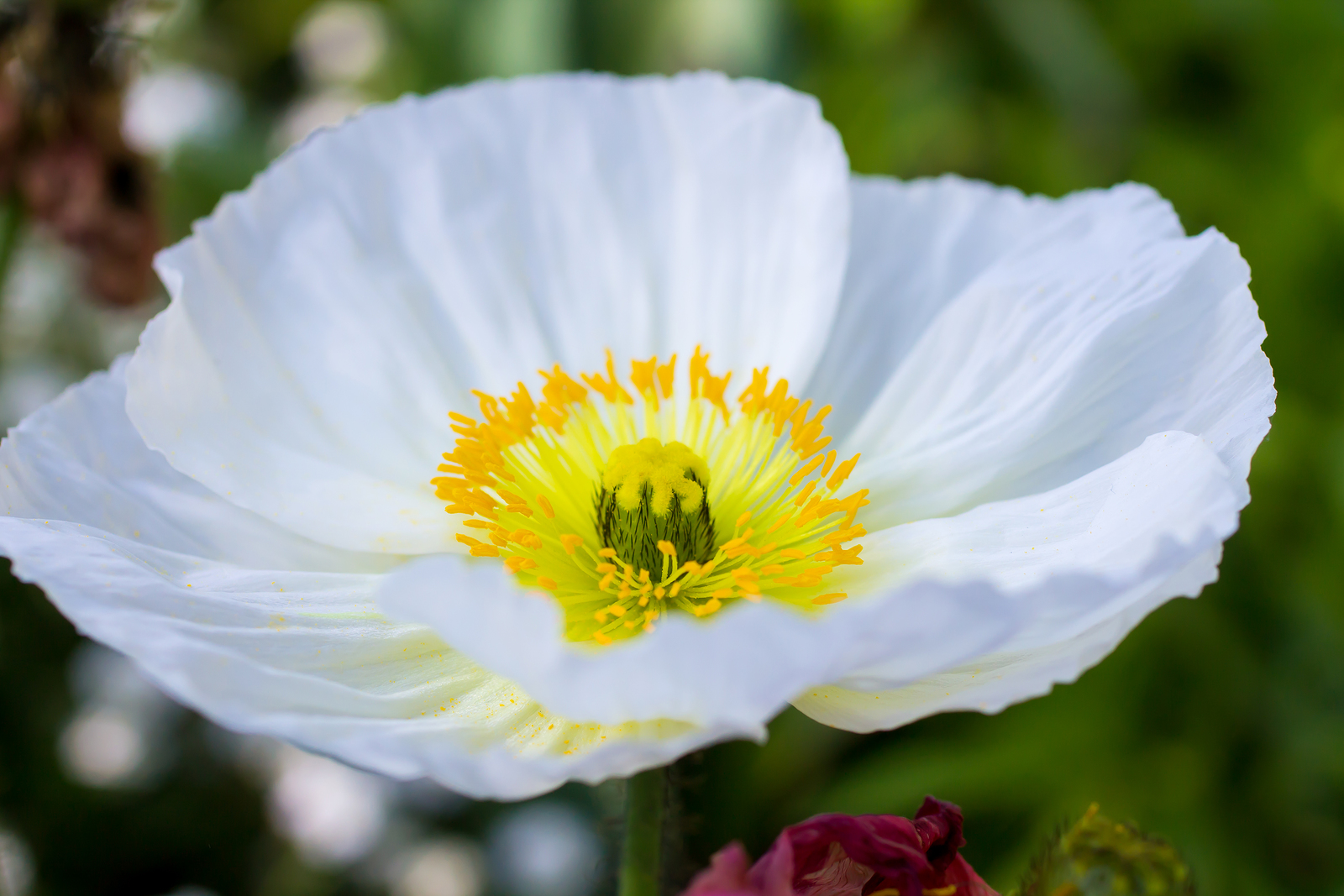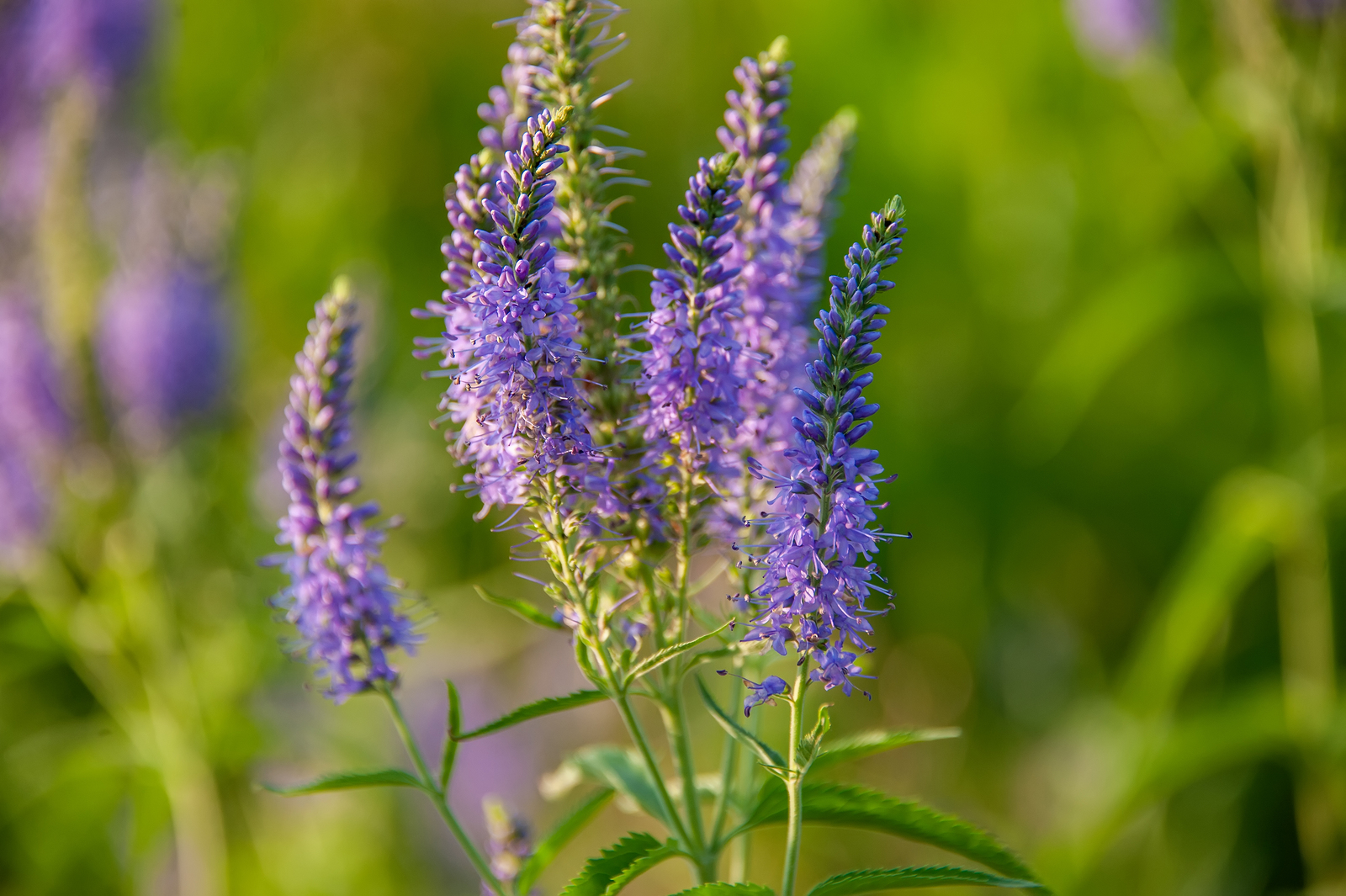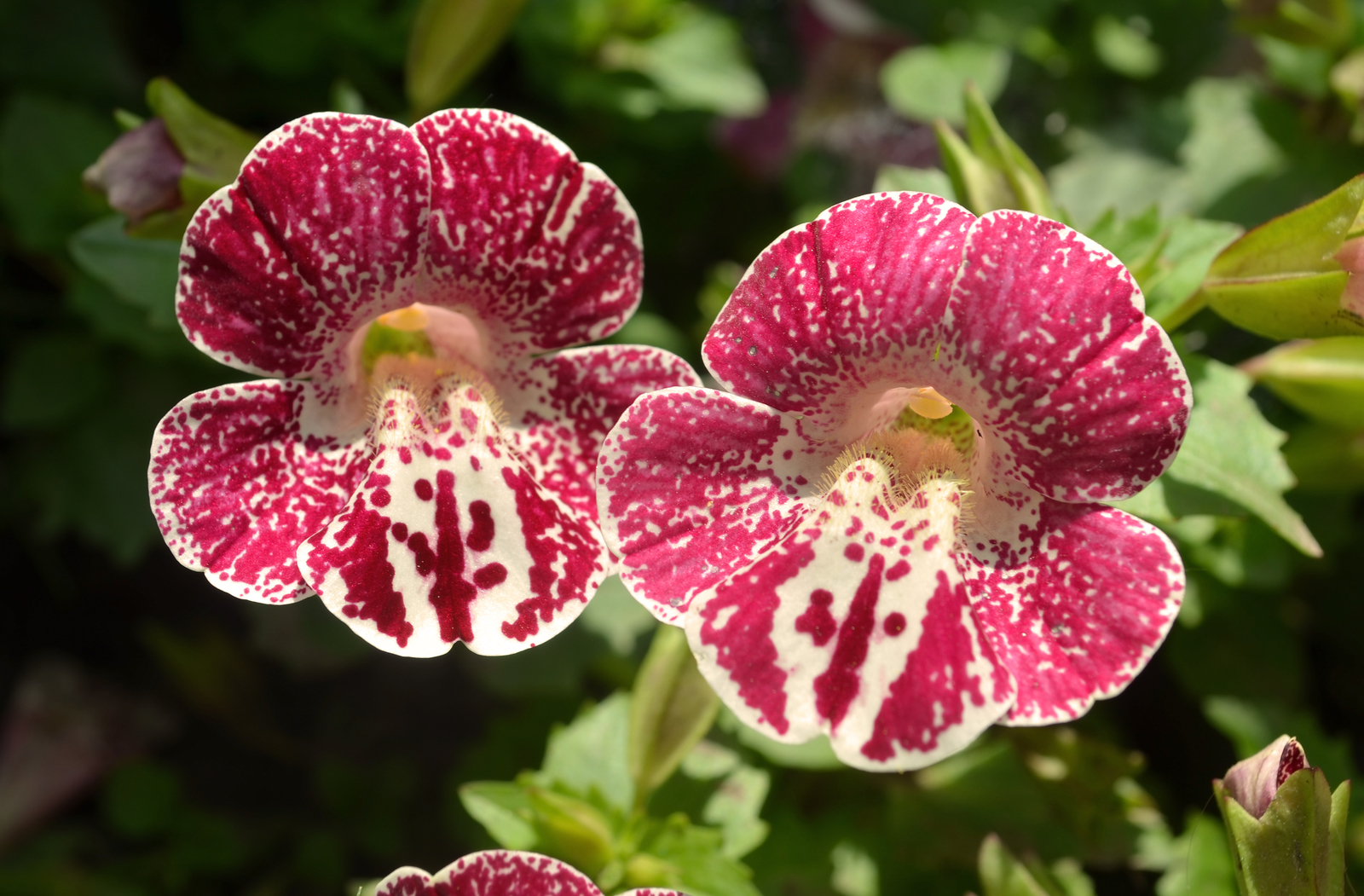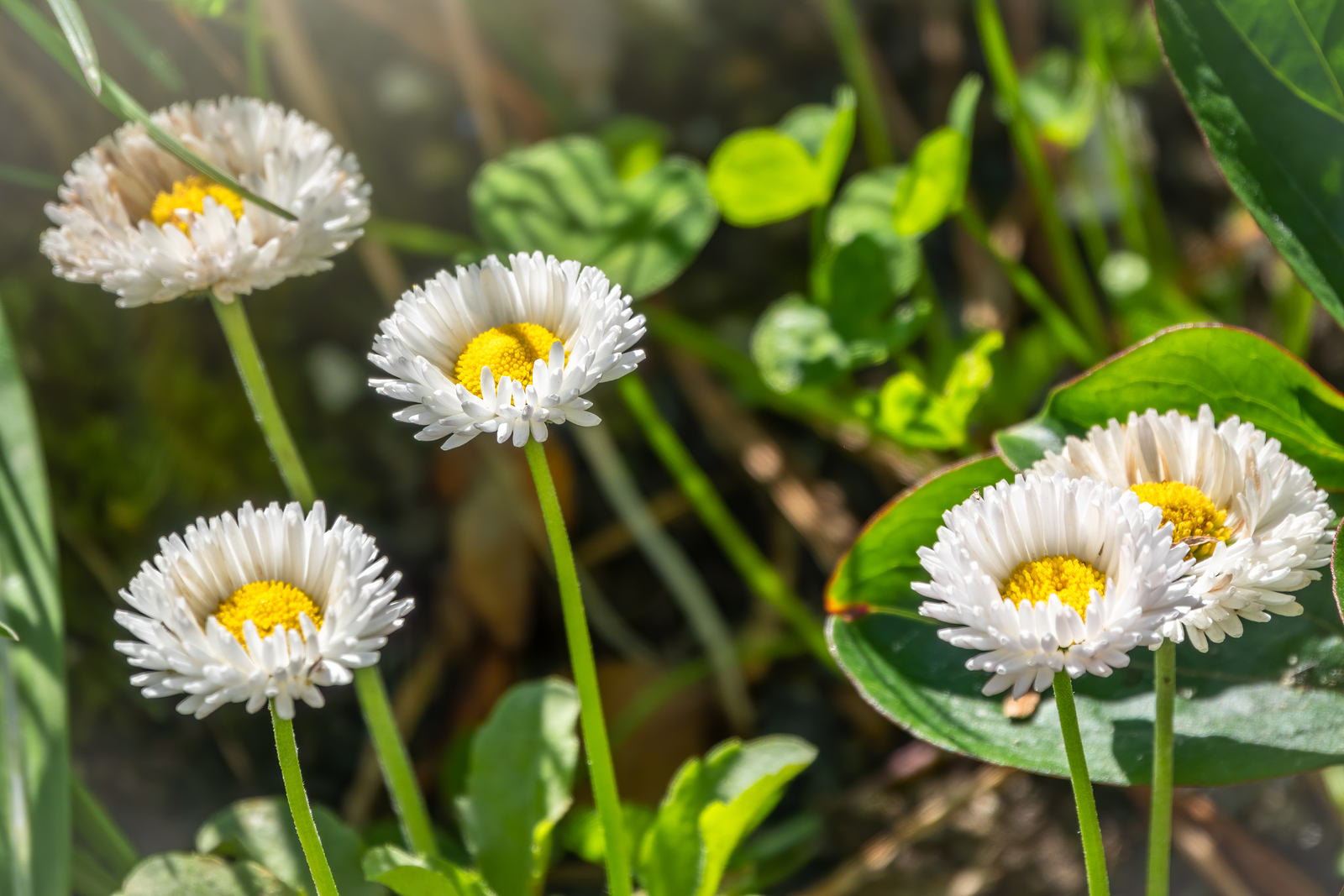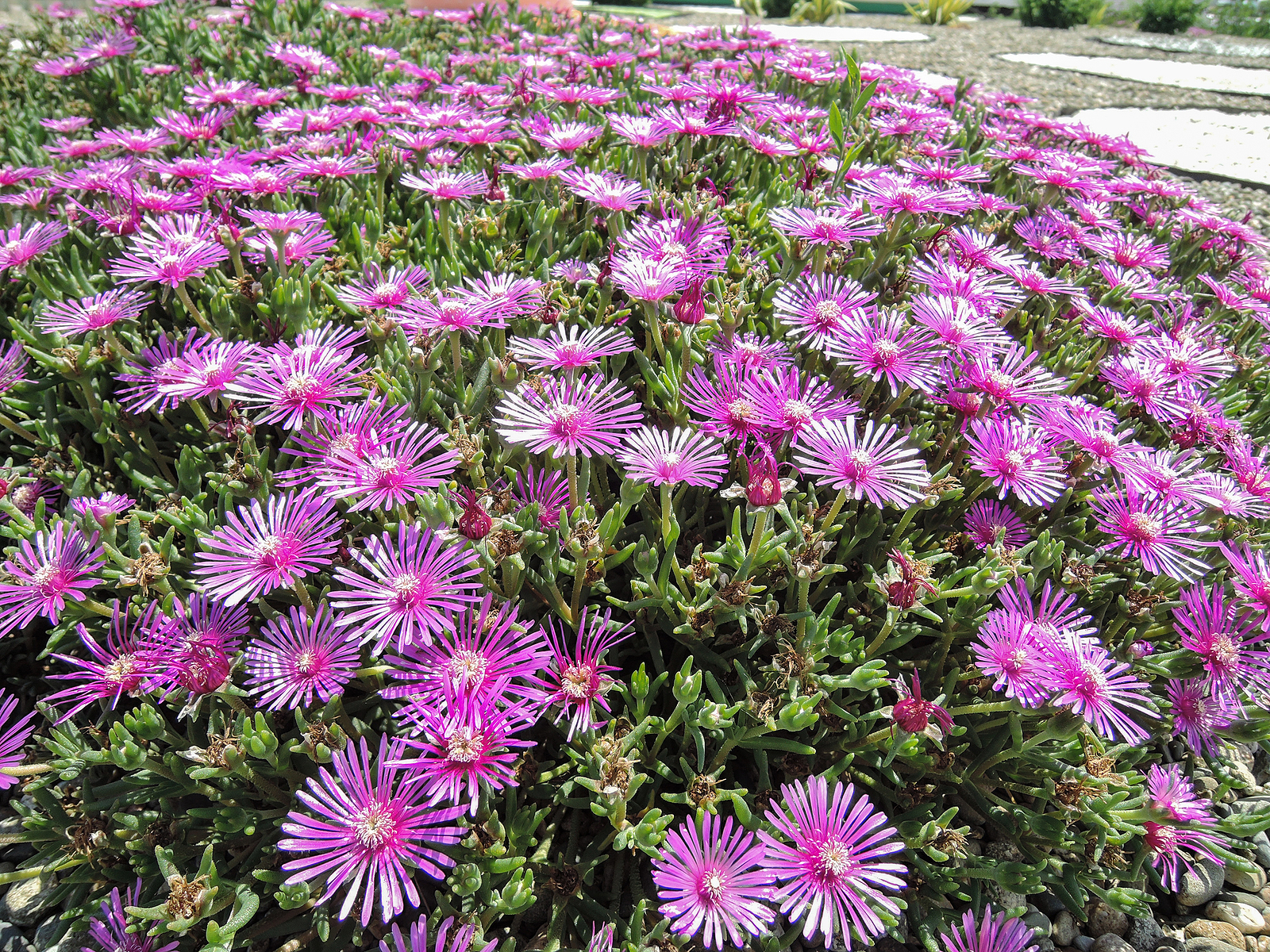How to Grow
Latest stories
More stories
-
How to Grow Chinese Forget-Me-Not — Cynoglossum
Chinese forget-me-not, botanical name Cynoglossum, bears pendents of sky-blue, sometimes white, or pale pink flowers in late summer. Chinese-forget-me-not is a slow-growing upright and somewhat bushy annual or biennial. Cynoglossums include about 55 species of annuals, biennials, and short-lived perennials. The sprays of small tubular to funnel-shaped flowers resemble forget-me-nots.Cynoglossums often have hairy or bristly […] More
-
How to Grow Twinspur — Diascia
Diascia–commonly called twinspur–produces spikes of pink to lilac flowers above heart-shaped tapering leaves from summer to fall. Twinspur is a great choice for growing in pots or the front of sunny beds or in containers. Diascia has erect or sprawling stems and racemes of tubular flowers with five lobes or ‘petals.’ The bottom lobe is […] More
-
How to Grow Texas Bluebonnet – Lupinus
Texas Bluebonnet, Lupinus texensis, bears blue, pealike flowers in midsummer. Flowers are borne on long, graceful spikes from 1 to 3 feet tall. Bluebonnets are a good fit for meadows and long drives. They quickly reseed and naturalize. Get to know Texas Bluebonnet Where to plant Texas Bluebonnet When to plant Texas Bluebonnet Planting and […] More
-
How to Grow Godetia — Clarkia
Clarkia–commonly called Godetia–is a Western wildflower adapted to gardens. Godetias put on a showy display of subtle white, lavender, pink, red, and yellow flowers from late spring into summer. The cup-shaped flowers can be single or double. Godetia is a good choice for mixed borders and mass displays and in meadows and wildflower gardens. Sow […] More
-
How to Grow and Care for Cosmos
Cosmos is an old-fashioned favorite that bears clouds of daisylike flowers on long stems above feathery foliage. Cosmos can be started from seed indoors and transplanted into the garden two or three weeks after the last frost in spring. It will bloom from late spring into autumn. Mass cosmos in large bands or groups in […] More
-
How to Grow Zinnia
Zinnia is a low, bushy annual with oval dark green leaves, and red, yellow, purple, pink, and sometimes green daisy-like flowers from summer to early fall. Zinnias offer masses of color in beds and borders and can be grown in small groups in containers and pots. Zinnias are hot-weather plants. They do best after the […] More
-
How to Grow and Care for Poppies
Poppy flowers–members of the Papaver genus–are bright additions to the summer garden. Poppy flowers bear solitary or double cup-shaped flowers from 2 to 4 inches (5-10cm) across. Flowers often have a crepe-papery texture. Colors can be white, yellow, pink, red, orange, salmon, and purple. There are annual and perennial poppy flowers. Best known are the […] More
-
How to Grow Primrose — Primula
Primrose is a large genus of popular garden plants. There are at least 425 species of hardy and tender perennials commonly called primroses or primulas. Primroses are usually semi-evergreen. They produce rosettes of narrow to broadly rounded leaves and clusters of tubular, bell-shaped, or funnel-shaped flowers. The name primrose is believed to come from the […] More
-
How to Grow Speedwell — Veronica
Veronica, best known as speedwell, is a vigorous, easy-to-grow plant with a rich palette of colors including true blue, violet-blue, pink, and white. Veronica is a group of long-blooming annuals and perennials. Speedwells grow 12 to 36 inches tall depending on the species. They bear colorful 6- to 8-inch spikes of tiny flowers mostly in […] More
-
How to Grow and Care for Monkey Flower — Mimulus
Mimulus–commonly called monkey flower–is a spreading perennial commonly grown as an annual. Mimulus produce dragon-like two-lipped flowers that cover the plant from summer to early fall. Flowers bloom in shades of red, pink, yellow, and orange. Flowers are often spotted with contrasting colors. The Mimulus genus includes about 150 species of annuals, perennials, and shrubs. […] More
-
How to Grow English Daisy — Bellis Perennis
English daisy — Bellis perennis—is an easy-to-grow, short-lived perennial commonly grown as a biennial or annual. It bears colorful small daisylike flowers atop rosettes of bright green leaves. English daisies are members of the Asteraceae family. Plants grow in tufts or with branching stems. The solitary daisy-like heads have yellow disks and white, pink, or […] More
-
How to Grow and Care for Ice Plants
Ice plant is the name given to several colorful low-growing plants often used as groundcovers—especially in mild winter regions, but also grown as houseplants in cold winter regions. These perennial plants are grown as summer-flowering annuals for window boxes and hanging baskets as well. Ice plants are commonly succulent perennials, subshrubs, or annuals. Almost all […] More

